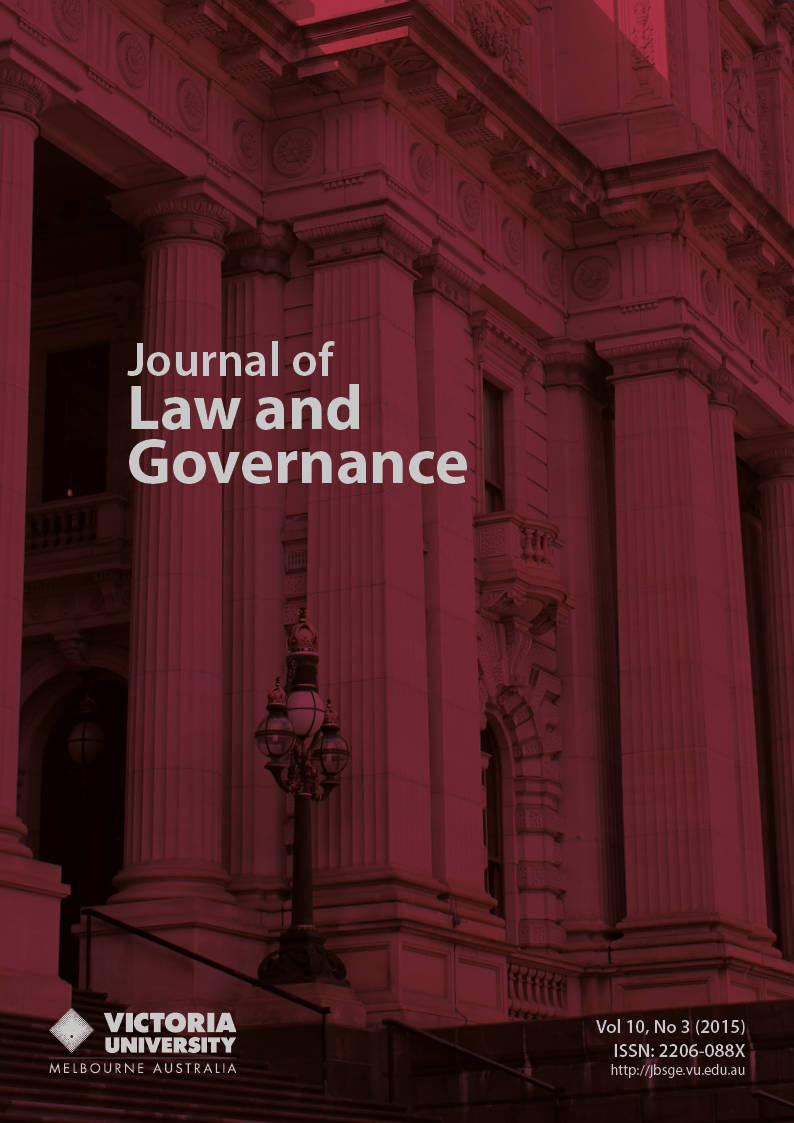Is ASIO’s Corporate Governance an Oxymoron?
DOI:
https://doi.org/10.15209/jbsge.v10i3.858Abstract
This paper investigates corporate governance in the Australian Security Intelligence Organisation (ASIO), Australia’s domestic intelligence agency. The paper seeks to determine and understand the extent to which ASIO’s approach to corporate governance emulates that of organisations in the wider public sector and the private sector. This examination of ASIO’s corporate governance considers the organisation’s purpose, functions and extraordinary powers focusing on the importance of secrecy to achieving its objectives. The paper will also assess whether it is appropriate to attempt to assess ASIO’s corporate governance in the same terms, and according to like standards, as are used to evaluate governance in ‘normal’ or ‘regular’ public and private sector organisations. Finally, the paper provides an overall evaluation of ASIO’s approach to corporate governance and considers how this approach affects the organisation’s treatment of its stakeholders and the extent to which it serves their interests.
Published
How to Cite
Issue
Section
License
Authors who publish with this journal agree to the following terms:- Authors retain copyright and grant the journal right of first publication with the work simultaneously licensed under a Creative Commons Attribution License that allows others to share the work with an acknowledgement of the work's authorship and initial publication in this journal.
- Authors are able to enter into separate, additional contractual arrangements for the non-exclusive distribution of the journal's published version of the work (e.g., post it to an institutional repository or publish it in a book), with an acknowledgement of its initial publication in this journal.
- Authors are permitted and encouraged to post their work online (e.g., in institutional repositories or on their website) prior to and during the submission process, as it can lead to productive exchanges, as well as earlier and greater citation of published work (See The Effect of Open Access).


